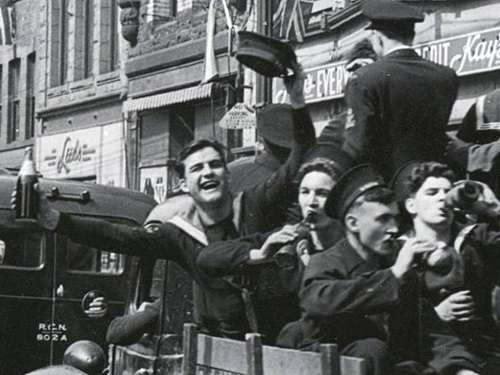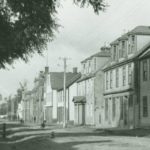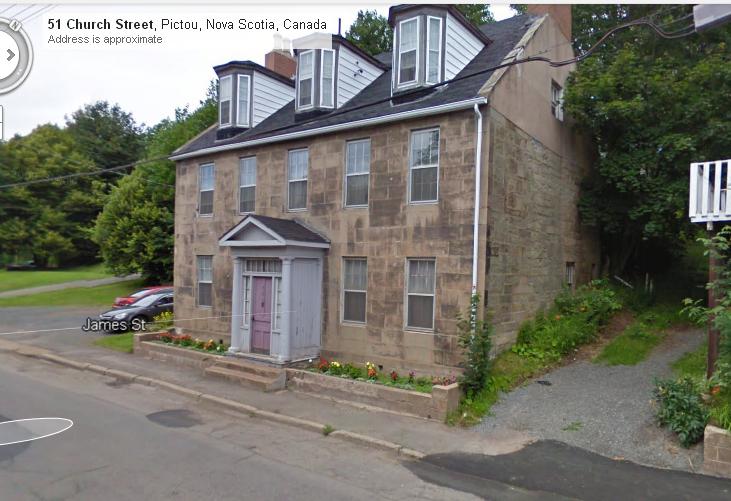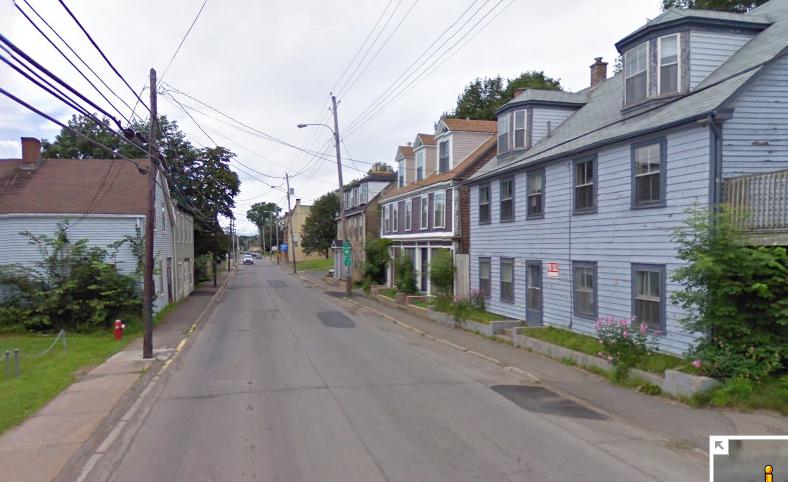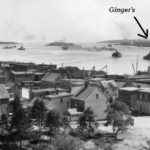Because good beer is (i) a pleasure trade topic and (ii) a minor league one in the hierarchy of pop culture, you do have to accept this sort of thing:
Spruce ice cream, spruce syrup and spruce-tip salads were hot culinary items this spring, but creating tasty treats with the needles of this northern evergreen is far from a new notion. Spruce-beer soda has been a favourite among French-Canadians for decades. Its popularity has wavered over the years, but people are once again clamouring for the sweet, earthy drink. First Nations and early settlers of Quebec brewed vitamin-C-filled spruce beer prior to the 1700s to combat kidney illnesses, stomach upset and scurvy. It was considered a poor man’s drink until Swedish explorer Pehr Kalm brought news to Europe that the strange recipe was indeed making people healthier.
And the article is really about the use of spruce as a flavouring so there’s no need to go all handbags or anything. But it is a shame that no one is brewing actual 1700s spruce beer. As longer term readers would be aware, the recipe from 1759 is there for all to see and brew. George Washington brewed one when he was still sensibly loyal to the Crown in 1757. The heavy sweetness of molasses offsetting the pungent household cleaner effect of the spruce boughs. Pretty sure, however, Kalm didn’t teach the Swedes anything about evergreens. We had a Swedish exchange student who showed us all on the walk home in spring how to eat the new mild softwood buds just as the brown paper coating was cracking. Can’t imagine Vikings didn’t know that, too. The English in Hudson Bay as early as the 1660s and ’70s knew about the anti-scurvy properties of beer, something Billy Baffin seemed to be figuring out in 1610-11 as he rammed herbs into it. Something we have learned Champlain had to work out on the fly about the same time in New France.
OK. Let’s agree that it was pervasive and useful. Maybe oddly, there seems to have been a taste for it well after the frontier days and the retreat of scurvy. Craig located spruce beer still being brewed in Albany in 1790. I found it being spruce used in something called California Pop Beer in the third-quarter of the 1800s in New Jersey. And as the article says, it used to be in the Crush soda pop line up deep into the 1900s. But by the late 1800s it’s one of the forms of adulteration in beer listed in at least one British study. Was that it’s fate? Science considered it bad for beer?
Spruce is clearly an eastern North American indigenous beer flavouring that was enjoyed for centuries. BeerAdvocate lists a scant few spruce beers. I’ve had the one from Garrison in Halifax, Nova Scotia as well as its cousin, Alba from Scotland. It’s be nice to have more – and, really, have ones that are molasses based old school ales. Are there other beers like this? Beers built around local ingredients and adjuncts that were quite broadly commercially popular which have fallen so far out of favour that even the craft brewers won’t touch them? The gruits I suppose if you go far back enough, keeping in mind that gruits are specific early Renaissance tax regime imposed herb blend beers from the Low Countries and not just any old herb beer from any old point in European history. Calling any old herb beer gruit is like calling something pumpkin ale when it’s sold in July and is just flavoured with pie spices and gourd gak from a can.
Need to start CAMSA to go alone with CAMWA and CAMMA. Spruce Buds perhaps?

